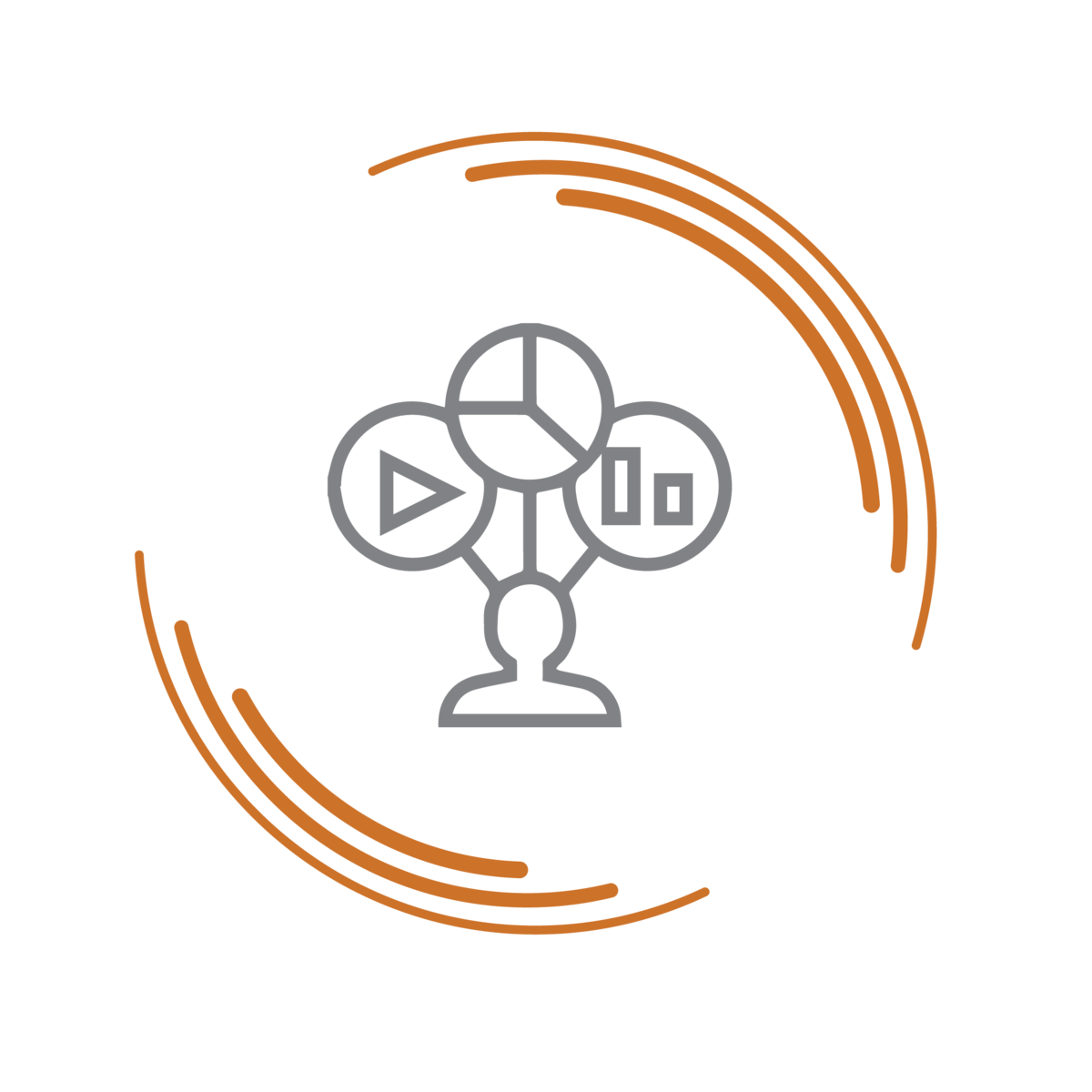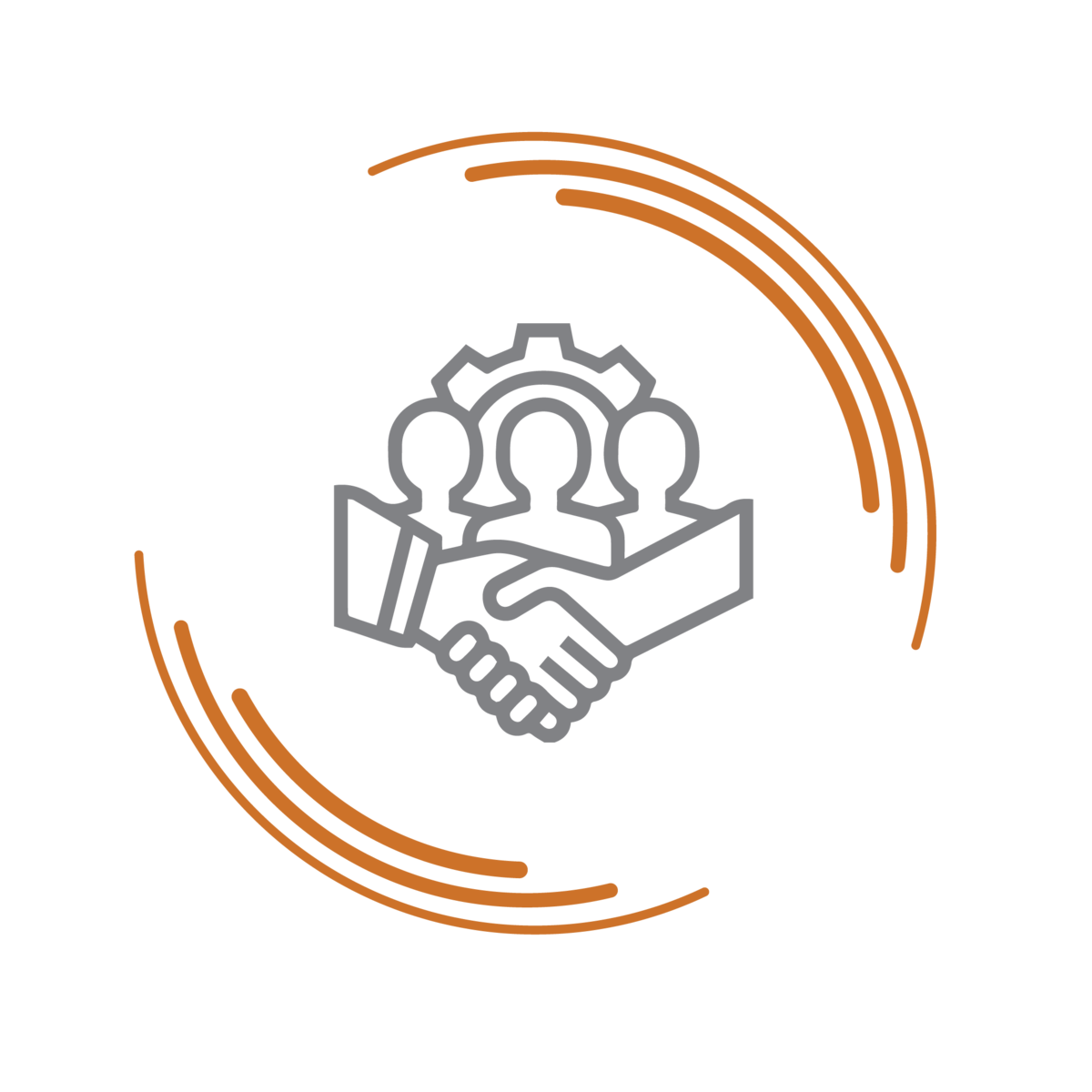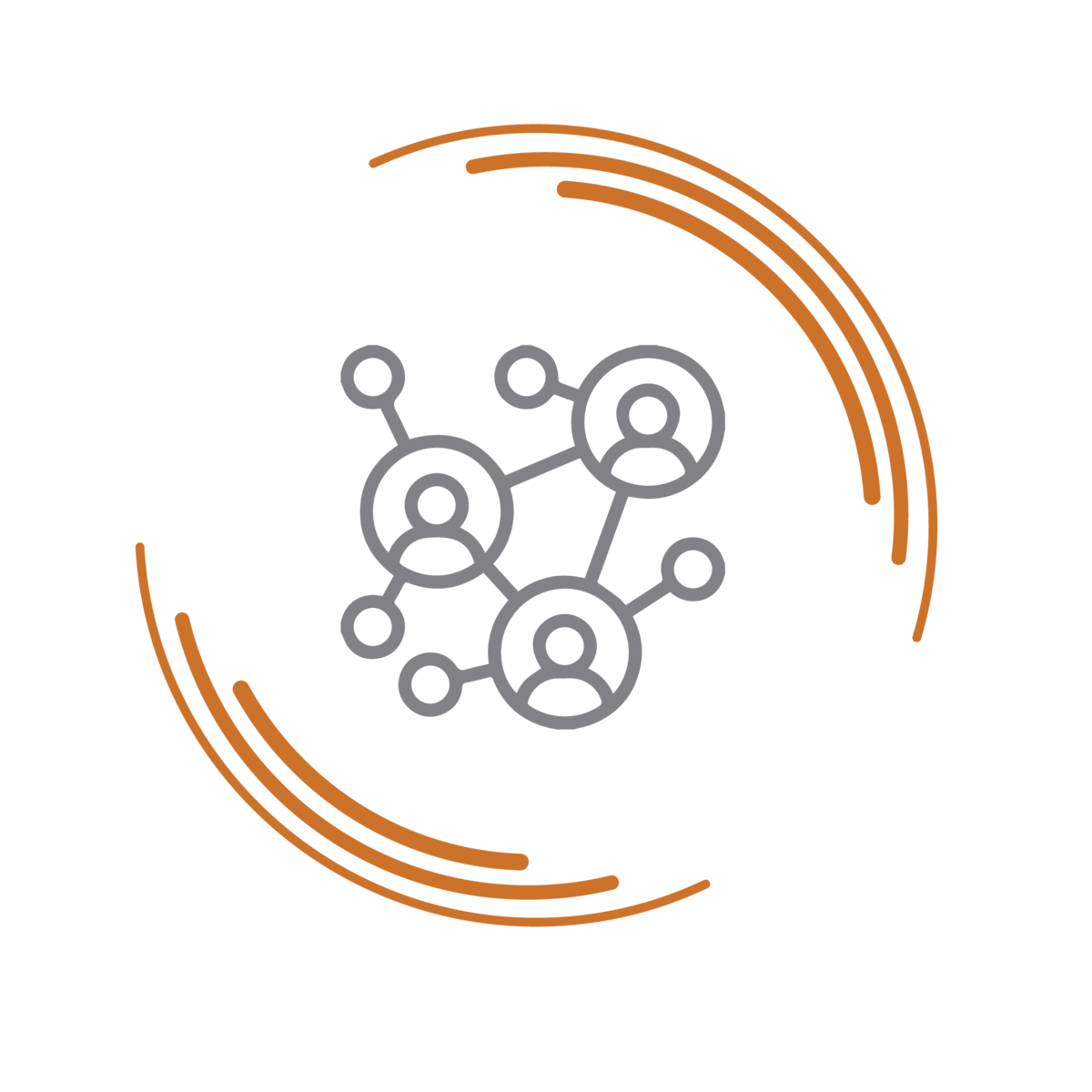How We Learn: Reinventing the Learning Journey of Public Officials
The organisational development conversations these days in the corporate sector are dominated by learning and development opportunities. This discourse is now transitioning to the public sector – with Mission Karmayogi aiming to equip 21 million government officials with continuous learning opportunities – building the right competencies (skills, attitudes, and knowledge) required in their work. This led me back to the question of how people learn in general. In this blog, I intend to list out some aspects that drive learning.
Theories of learning have evolved with our understanding of how we learn. Here is a quick summary of these theories and their implications on how we structure learning opportunities today.

Behaviourism: This theory focuses on learning as a behaviour change and suggests that behaviours are acquired through interactions with the external environment. It claims that all learning is observable and can be controlled by an external stimulus. This has led to the birth of the carrot and stick approach to induce learning.
This approach seeks to provide the learner with a set of rewards (carrots) if they perform the desired behaviour and with a set of punishments (sticks) if they perform an undesired behaviour.

Cognitivism: This theory focuses on the brain as the main processing unit and suggests that learning is an internal mental process. Retention and recall are the two main sub-processes and memory is the place where information is stored. Thus, cognitivism requires teachers or facilitators to organise information in the most optimal manner for the brain to retain it in memory and recall it when required. This theory forms the basis of training delivery and how teaching-learning material is to be organised for learning sessions.
We move from the notion that learning is always observable and external, the key idea propounded by behaviourism, to one where learning is continuous and internal.

Constructivism: This theory focuses on learning as a process of constructing knowledge, rather than one of storing and retrieving information. It touches upon two main processes – assimilation and accommodation. Assimilation speaks of how individuals fit every new learning into an already existing mental framework. Accommodation speaks of how individuals experiencing something that deviates from their mental framework, adjust the framework to account for the deviation. Thus, constructivism emphasises that individuals learn as they experience.
This is a marked difference between the previous theories — behaviourism and cognitivism — and constructivism. Constructivism, for the first time, suggests that learners are not passive and that learning is a social process whereby learners learn by interacting with teachers and peers.
While behaviourism and cognitivism look at knowledge as exogenous, constructivism looks at it as endogenous. It requires teachers or facilitators to provide experiences that facilitate the construction of knowledge by learners themselves. Group discussions, case studies, and field visits – all find their root in constructivism.

Humanism: This theory focuses on placing the learner at the centre of all learning. The learner is expected to set their own learning goals and pathways to achieve the same. Teachers or facilitators evaluate a learner’s needs and wants, and regularly co-plan sessions with them so as to meet the set goals. This places the learner at the core of the learning journey.

Connectivism: This is the most recent theory that focuses on learning in the digital age. Technology plays a major role in organising learning spaces and is expected to help learners identify the right information – most likely also available on digital platforms – at the right time and connect with the right people to build on the information available.
Gaining an understanding of how we learn and the associated theories, it is noteworthy to see how Mission Karmayogi’s online learning platform, iGOT-Karmayogi, is designed keeping these important learning theories at its core.
iGOT-Karmayogi’s competency hub places the individual public official at the heart of learning – allowing them to understand the competencies (combination of attitudes, skills, knowledge) required for their current positions and the positions they aspire for.
The learning hub provides a range of competency-building products that the official can choose from to build competencies they need or desire. Competency-building products could be courses, workshops, learning events, training programs or other services or products that enable an official to build their competencies.
The discussion and network hubs enable officials to connect with other like-minded officials and discuss public problems they may have tackled in the past or are attempting to tackle presently.
As suggested by the theory of humanism, iGOT-Karmayogi’s competency and learning hubs put public officials at the helm of designing and undertaking their own learning journeys. The learning, discussion, and networking hubs provide experiences that facilitate the construction of knowledge by learners themselves — as espoused by constructivism. Finally, the theory of connectivism is the binding glue for the public officials’ learning journey – the online learning platform, iGOT Karmayogi, will allow public officials to pursue anytime-anyplace-any-device learning at their own convenience and connect with the right people at the right time to collaborate on public problem solving.
iGOT Karmayogi platform is a significant step to empower public officials chart their learning graph through a synergistic approach founded on scientific and time-tested theories.



Add new comment